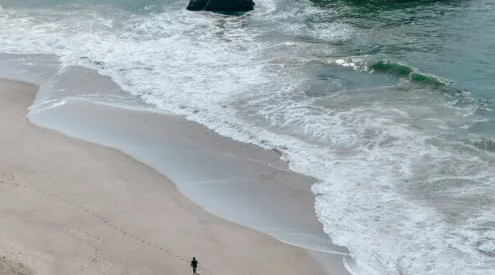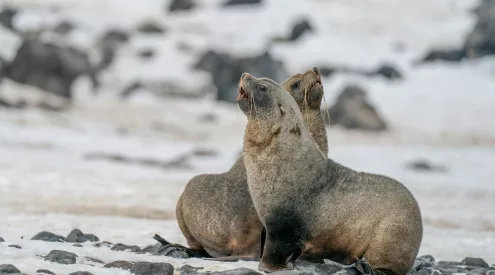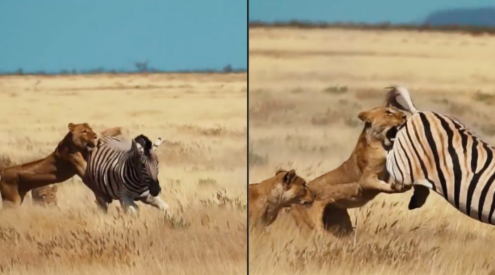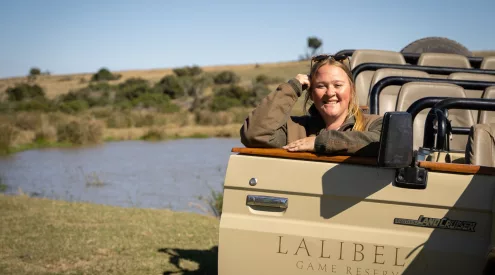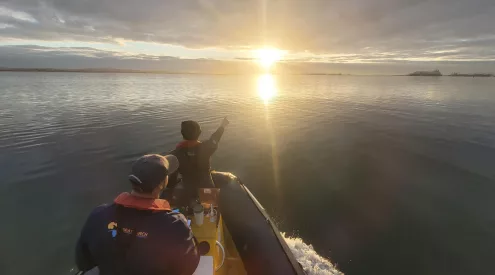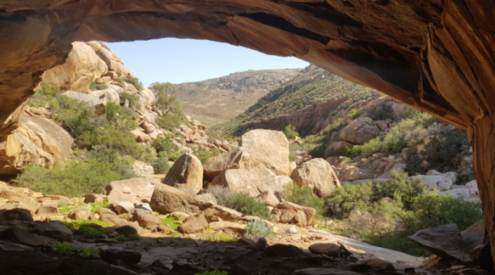Fourteen Loa water frogs (Telmatobius dankoi) were discovered in a muddy puddle in the Atacama desert in Chile. The puddle was all that remained of their natural habit.
The frogs were transported to Santiago zoo, where herpetologists did their utmost to make them healthy again.
Unfortunately, two of the animals, which are considered critically endangered by the IUCN Red List of Threatened Species, did not survive.
However, according to a BBC report, conservationists in the Chilean capital are celebrating after the remaining frogs successfully mated earlier this month – spawning 200 tadpoles.
Andrés Charrier, a herpetologist, kicked off the rescue mission in 2019 after he noticed that a stream outside the city of Calama, the only known habitat of the Loa water frogs, had dried up.
The 14 specimens were dehydrated and malnourished when they were found in the muddy puddle. The decision to transfer the frogs to Chile’s National Zoo in Santiago, which was 1,500km away, was made because their habitat was threatened by illegal water extraction for mining, agriculture and property development.
To keep the frogs alive ‘they had to replicate the exact conditions of the water’, said Alejandra Montalba, the director of the Zoo. She praised the team for their meticulous work.
The rescue of the 14 frogs received praise from the Chilean government and caught international attention as well.
In August 2019, actor Leonardo Di Caprio took to Instagram to write: ‘The government of Chile and a team of conservationists have done an incredible job responding swiftly to try to rescue the Loa Water Frog from extinction, bringing the last few to the National Zoo of Chile to be nursed back to health.’
Charrier was assisted by Gabriel Lobos. They both spent years studying the Loa water frogs.
Lobos told the local media that now that the frogs have mated and been successfully rehabilitated, the challenge was to replenish the frogs’ natural habitat, so that they can return to the wild, according to the BBC.
Lobos also added that last year one of the problems encountered by conservation efforts for the Loa water frog was garnering attention and awareness for the species.
They were assisted by a team from Bolivia’s Museum of Natural History who were also desperate for some amphibian attention.
The Bolivian scientists were trying to find a mate for a Sehuencas water frog, which was believed to be the last of his species, named ‘Romeo’.
They placed a dating ad for Romeo and received global media attention and miraculously it turned out that Romeo was not the last of his species, after all, a mate was found.
Given their success, Romeo’s team has extended its help to other endangered frogs. In fact, last year, a letter ‘from the desk of Romeo’ had some encouraging words for the Loa water frogs.
‘I know you’re far from home,’ it read. ‘I know you’d much rather be snuggling up in your own stream, eating wild snails and earthworms of your choice. But look, there are lots of reasons to be hopeful, there are 14 of you.’
Romeo even prepared a Spotify playlist filled with inspiring, sometimes river-themed tunes, for his Chilean cousins.
Picture: Instagram



